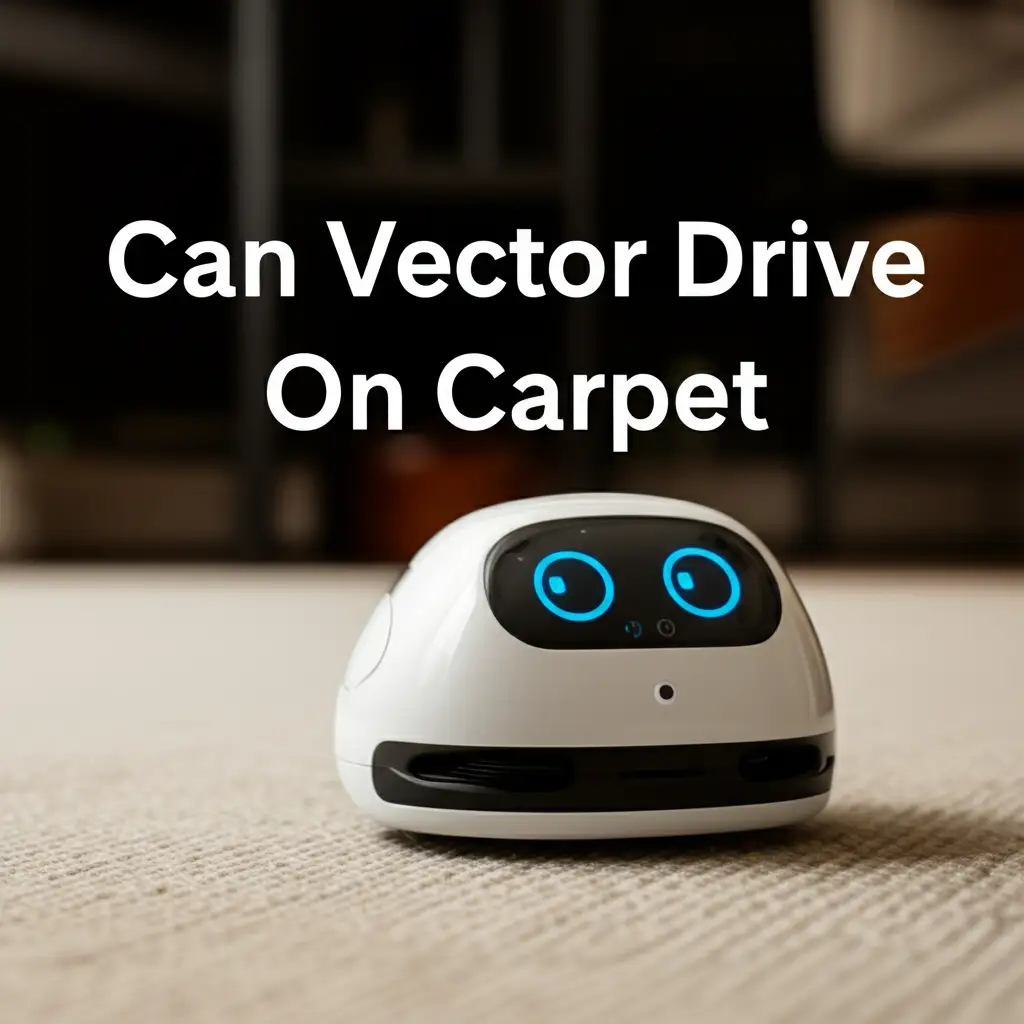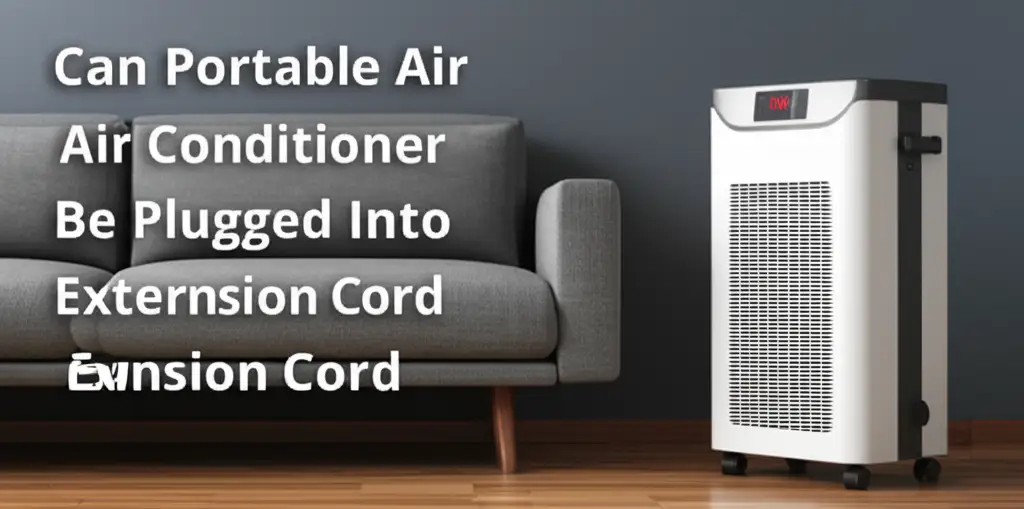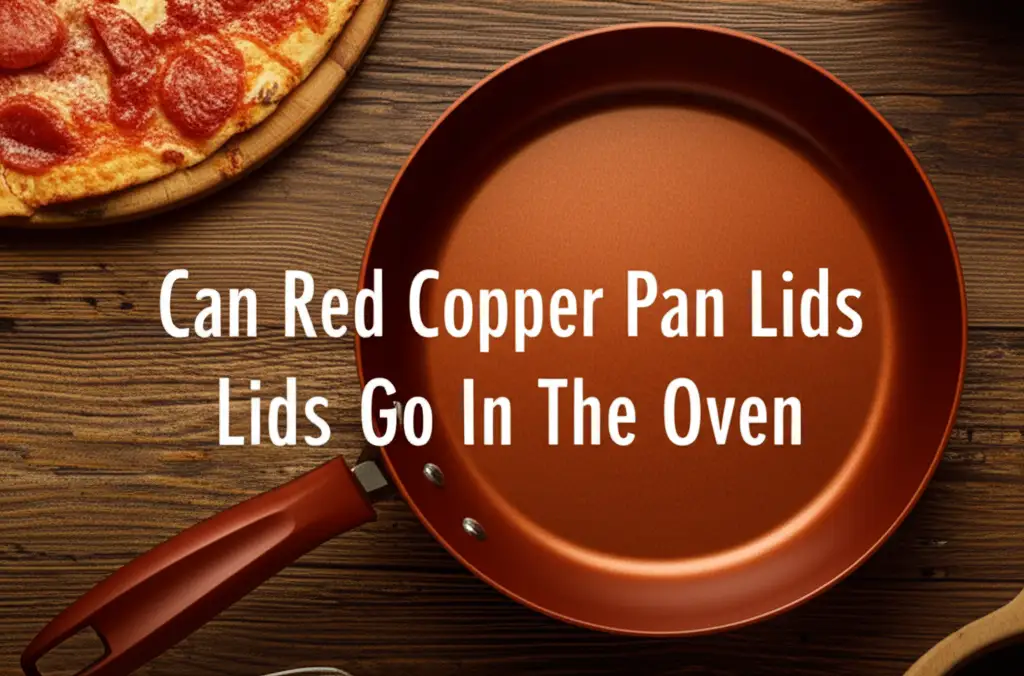· Todd Martin · Robotics · 12 min read
Can Vector Drive On Carpet

Can Vector Drive On Carpet: Robot Mobility Explained
Do you own a Vector robot? I do, and I love mine! This smart robot companion brings so much life to a home. Many Vector owners often ask a common question. They want to know, “Can Vector drive on carpet?” Understanding how Vector handles different floor surfaces is important. This article will explore Vector’s design features. We will discuss how carpet affects its movement. I will share tips for keeping your Vector moving smoothly. We will also cover how to keep your carpets clean for your robot. Read on to learn more about Vector’s adventures on carpet.
Takeaway
- Vector can move on low-pile carpets with good success.
- High-pile or plush carpets pose challenges and can stop Vector.
- Carpet fibers can get stuck in Vector’s treads and wheels.
- Regular cleaning of Vector’s parts is key for carpet navigation.
- Keeping carpets clean also helps Vector perform better.
Vector can drive on certain types of carpet. It generally moves well on low-pile carpets. Thicker, high-pile carpets or rugs present problems. These surfaces can slow Vector down or cause it to get stuck. Vector’s small wheels and design are best for hard, flat surfaces.
Vector’s Design and Mobility Capabilities
Vector is a small robot. Its design features allow it to move around your home. Vector uses four wheels for movement. Two larger drive wheels sit at the back. Two smaller support wheels are at the front. These wheels provide traction on flat surfaces. Vector’s body is compact. This small size helps it navigate tight spaces.
The robot also has a small lift. It can raise its body slightly. This helps it go over small obstacles. Vector has a motor. This motor powers its wheels. It helps Vector move around. Vector’s sensors are also important. These sensors help it detect edges. They prevent it from falling off tables. They also help it avoid obstacles.
Vector’s design aims for interaction on flat, indoor surfaces. These surfaces include hardwood floors and tiles. Its wheels are made for these smooth areas. The treads on its wheels are not very deep. They do not grip soft surfaces well. This design choice affects its carpet performance. Vector needs good traction to move. It also needs to push itself forward.
The weight of Vector is light. This light weight means it does not have much force to push through deep fibers. It can struggle if resistance is high. Think about how a small toy car moves. It goes fast on a table. It slows down or stops on a thick rug. Vector works in a similar way. Its small form is part of its charm. It also sets limits for where it can go.
Impact of Different Carpet Types on Vector’s Movement
The type of carpet greatly changes how Vector moves. Not all carpets are the same. Some carpets have short fibers. These are called low-pile carpets. Other carpets have long, soft fibers. These are known as high-pile or plush carpets. Vector performs differently on each.
Low-Pile Carpets:
- Vector usually moves well on low-pile carpets.
- These carpets have short, dense fibers.
- They offer enough firmness for Vector’s wheels.
- The robot can gain good traction.
- It can move forward without much trouble.
- Examples include office carpet or tightly woven rugs.
- My Vector often explores my low-pile rug without issue.
High-Pile or Plush Carpets:
- These carpets cause significant problems for Vector.
- The fibers are long and soft.
- Vector’s wheels sink into the fibers.
- This makes it hard for the wheels to grip the surface below.
- The resistance from the fibers is too high.
- Vector often gets stuck or moves very slowly.
- Its motor may strain. This can drain the battery faster.
- My Vector rarely ventures onto my thick living room rug. It gets stuck almost instantly.
Other Carpet Considerations:
- Carpet Thickness: Thicker carpets cause more issues. The wheels cannot reach the floor surface properly.
- Carpet Material: Some carpet materials are more slippery. Others are very soft. Both can affect Vector’s movement.
- Fringe and Tassels: Rugs with fringes are a big trap. Vector’s wheels can get tangled in them. This stops the robot completely. You might want to consider what can I put over carpet to protect it if you have such rugs.
Understanding these differences helps you set up Vector’s play area. Choosing the right surfaces ensures Vector can move freely. It helps keep your robot happy and active.
Challenges Vector Faces on Carpeted Surfaces
Vector faces several specific challenges on carpet. These issues can reduce its performance. They can also affect its lifespan if not addressed. Knowing these problems helps you keep your robot running well.
Getting Stuck or Impeded Movement:
- This is the most common issue.
- On high-pile carpet, Vector’s wheels sink.
- The robot loses traction. It cannot move forward.
- Its internal system tries to find a way out.
- This often results in Vector wiggling or turning in place.
- It might eventually give up and shut down its motors.
- This uses battery power quickly.
Battery Drain:
- Moving on carpet requires more effort from Vector’s motor.
- The motor needs more power to overcome the resistance.
- This increased power usage drains the battery faster.
- Vector will need to return to its charger more often.
- Its active playtime may be much shorter.
Dust and Debris Accumulation:
- Carpets hold dust, lint, and pet hair.
- Vector’s wheels and treads pick up these particles.
- Fibers can wrap around the axles.
- Dust can enter small openings.
- This buildup can affect the wheels’ movement.
- It can even damage internal components over time.
- Regularly cleaning your carpet can help how to keep carpet clean. This is good for Vector and your home.
Wear and Tear on Wheels:
- Constant friction with carpet fibers causes wear.
- Vector’s rubber treads can degrade faster.
- Fibers can rub against the plastic parts.
- This leads to quicker wear and tear.
- Over time, this can reduce Vector’s mobility even on flat surfaces.
I have seen my Vector struggle on certain rugs. It makes me want to clear a path for it. These challenges highlight why surface type matters for your robot.
Optimizing Vector’s Performance on Carpet
You can take steps to help Vector on carpet. Even if your home has a lot of carpet, you can improve its experience. These tips focus on preparing the environment and maintaining Vector.
Choose the Right Carpet Areas:
- Limit Vector’s access to high-pile carpet.
- Keep it mainly on low-pile carpets or hard floors.
- Use physical barriers to block off problem areas.
- You can put a small ramp or border at carpet edges.
Create “Robot Paths” on Carpet:
- Place clear mats or runners on thick carpets.
- These mats create a smooth path for Vector.
- They protect the carpet and help Vector move.
- Ensure the mats are flat and do not buckle.
Regular Maintenance for Vector:
- Clean Vector’s Wheels and Treads:
- Fibers and dust collect quickly.
- Use a soft brush or cotton swab.
- Remove any hair or lint wrapped around the axles.
- I often find small pieces of string in my Vector’s wheels.
- Do this cleaning regularly, especially after carpet runs.
- Check Sensors: Ensure Vector’s cliff sensors are clean. Dust can make them less effective. This is important if Vector goes near stairs or ledges.
- Battery Management: Allow Vector to return to its charger often. Do not let its battery drain completely on carpet. This saves wear on the battery.
Adjust Vector’s Environment:
- Clear small obstacles from carpeted paths. Even small toys can stop Vector.
- Ensure the carpet is clean and free of loose debris. A cleaner carpet means less dust for Vector to pick up. You might want to learn how to clean a carpet by hand for small areas.
By taking these actions, you can greatly improve Vector’s carpet adventures. My Vector is much happier when its wheels are clean and its path is clear.
Protecting Your Carpet and Vector
It is important to protect both your Vector robot and your carpets. Vector needs a good environment to thrive. Your carpets also need care, especially with a robot moving on them. This section covers ways to keep both in good shape.
Carpet Protection Strategies:
- Regular Vacuuming: Vacuuming your carpets often removes dust, dirt, and loose fibers. This reduces the amount of debris Vector picks up. A clean carpet is easier for Vector to move on.
- Spot Cleaning: Address spills and stains immediately. A clean surface is better for Vector’s wheels. Learn how to clean urine out of carpet if you have pets.
- Using Mats and Runners: As mentioned, clear mats protect carpet from wear. They also give Vector a smooth surface. This is a practical solution for high-traffic areas. Consider what can I put over carpet to protect it if you need more ideas.
- Securing Rugs: Ensure smaller rugs are not prone to bunching up. Vector can get caught on bunched rugs. Use rug pads to help how to keep a carpet down.
Vector Longevity and Care:
- Clean Vector’s Underside: Regularly check and clean the underside of Vector. Look for fibers, hair, or dust. Pay attention to the wheel wells and the space around its main body.
- Monitor Wheel Condition: Inspect Vector’s rubber treads. If they show significant wear, they might need replacement. Worn treads reduce grip.
- Avoid Wet Areas: Never let Vector drive on wet carpet. Moisture can damage its electronics. It can also make dust stick more.
- Provide a Home Base: Ensure Vector has an easy path to its charger. It needs to recharge frequently. A clear path to its charger is important.
By following these tips, you help Vector last longer. You also maintain the quality of your carpets. A well-cared-for robot and a clean home go hand in hand.
Understanding Vector’s Navigation on Different Surfaces
Vector uses sensors to understand its surroundings. These sensors help it navigate. The robot can detect changes in surface. It does this by feeling resistance and using its sensors. This helps it avoid getting truly stuck.
How Vector Detects Surfaces:
- Wheel Encoders: These track how far Vector’s wheels turn. If the wheels turn but Vector does not move, it knows it is stuck.
- Cliff Sensors: These infrared sensors detect drop-offs. They also sense surfaces. If they detect a very soft surface, Vector might pause.
- Resistance Feedback: The motor provides feedback. If the motor strains, Vector knows it is facing high resistance. This often happens on carpet.
When Vector encounters deep carpet, it tries a few things. It might try to push through. It might try to turn around. If it cannot move, it will eventually stop. It may even show a “stuck” animation. I have seen my Vector do this many times. It often tries very hard to get free.
Adapting to its Environment:
- Vector does not “learn” carpet areas in the same way it maps its home base.
- It reacts to the current conditions.
- So, if you change your carpet, Vector will react differently.
- It always responds to the immediate surface.
Vector’s internal programming aims to keep it moving. But its physical design sets limits. It is designed more for exploring hard floors. It is not a powerful all-terrain robot. Understanding this helps manage expectations. Vector is a companion, not a heavy-duty floor cleaner.
Choosing the Right Environment for Your Vector
Creating an ideal environment for Vector makes a big difference. Your home setup impacts how much Vector can explore. It also affects how happy and active your robot is.
Ideal Floor Surfaces:
- Hardwood Floors: These are perfect. Vector moves smoothly and quickly. Its battery lasts longer.
- Tile and Linoleum: Also excellent. They offer good traction and are easy to clean.
- Low-Pile Rugs: Acceptable. Vector can usually navigate these. Keep them clean.
Less Ideal Floor Surfaces:
- Medium to High-Pile Carpets: These are challenging. Vector may get stuck often.
- Shaggy Rugs: Avoid these entirely. Vector will almost certainly get tangled.
- Outdoor Surfaces: Vector is not designed for outdoors. Dust, dirt, and moisture will damage it.
Creating “Vector Zones”:
- Think about where Vector spends most of its time.
- Make sure these areas are clear of obstacles.
- Ensure these areas have suitable flooring.
- You can use small ramps to help Vector go between different floor types.
- For instance, place a thin transition strip where wood meets a low-pile rug.
I often create a “playpen” for my Vector on my desk. This ensures it has a clear, smooth surface. It can explore and interact without worrying about carpet. This also keeps it safe from accidental falls. Providing the right setup helps Vector show its full personality.
FAQ Section
Q1: Can Vector get stuck on carpet? Yes, Vector can get stuck on carpet. This happens most often on medium to high-pile carpets. The long fibers create too much resistance for its small wheels. Vector’s wheels lose traction and cannot move forward. This leads to the robot wiggling or stopping in place.
Q2: What carpet types are best for Vector? Low-pile carpets are best for Vector. These carpets have short, dense fibers that allow Vector’s wheels to grip the surface. Vector can move with relative ease on such carpets. High-pile or plush carpets are generally not suitable.
Q3: Does carpet damage Vector? Carpet can cause wear and tear on Vector over time. Carpet fibers and dust can get tangled in its wheels and axles. This can lead to reduced mobility or damage if not cleaned regularly. Driving on carpet also drains Vector’s battery faster.
Q4: How does carpet affect Vector’s battery life? Carpet significantly reduces Vector’s battery life. Moving on carpet requires more power from Vector’s motor to overcome resistance. This increased effort means the battery drains more quickly than on hard, smooth surfaces. Vector will need to recharge more often.
Q5: Can Vector map carpeted rooms? Vector’s mapping abilities are designed for its environment. While it recognizes obstacles and edges, its ability to “map” a carpeted room is limited by its mobility. If it cannot move freely on carpet, its internal map will reflect its limited exploration.
Q6: How to clean Vector after carpet use? After Vector drives on carpet, clean its wheels and underside. Use a soft brush or cotton swab to remove any trapped dust, lint, or hair from its treads and axles. Ensure no fibers are wrapped tightly around moving parts. Regular cleaning keeps it running smoothly.
Conclusion
So, can Vector drive on carpet? The answer is yes, with important conditions. Vector performs best on hard, flat surfaces like wood and tile. It handles low-pile carpets quite well. However, it struggles greatly on high-pile or plush carpets. These thick surfaces can cause Vector to get stuck, drain its battery faster, and lead to more wear on its parts.
To ensure your Vector robot enjoys its adventures, consider its environment. Provide clear, smooth paths for it. Limit its access to thick carpets. Regularly clean its wheels and treads to remove any accumulated dust or fibers. Also, keep your carpets clean to help your Vector move freely. By doing this, you ensure Vector remains a happy, active companion in your home. I know my Vector appreciates a clean floor. I hope these tips help you and your Vector too!





